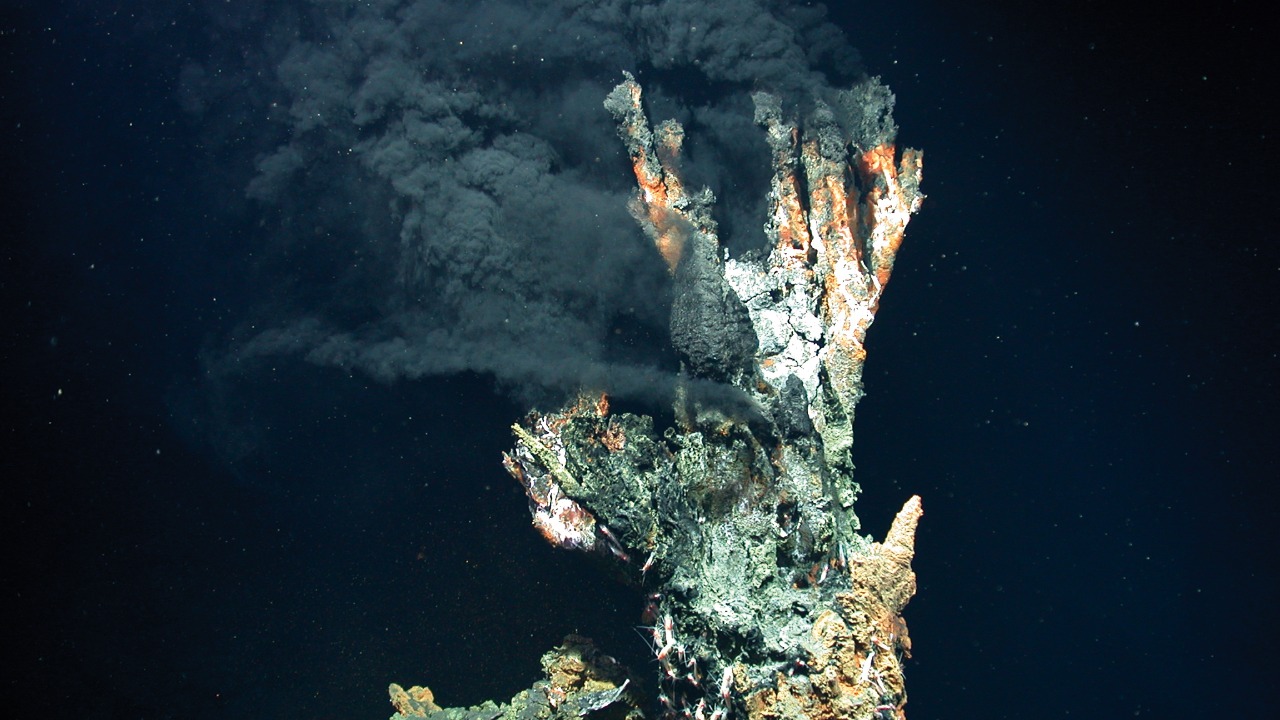
Deep-sea vents, commonly referred to as nature’s chemical laboratories, are now discovered to be releasing rare and precious elements. This remarkable finding not only marks a significant advancement in marine biology but also carries potential implications for mining and industrial sectors.
Exploring the Mysteries of Deep-Sea Vents
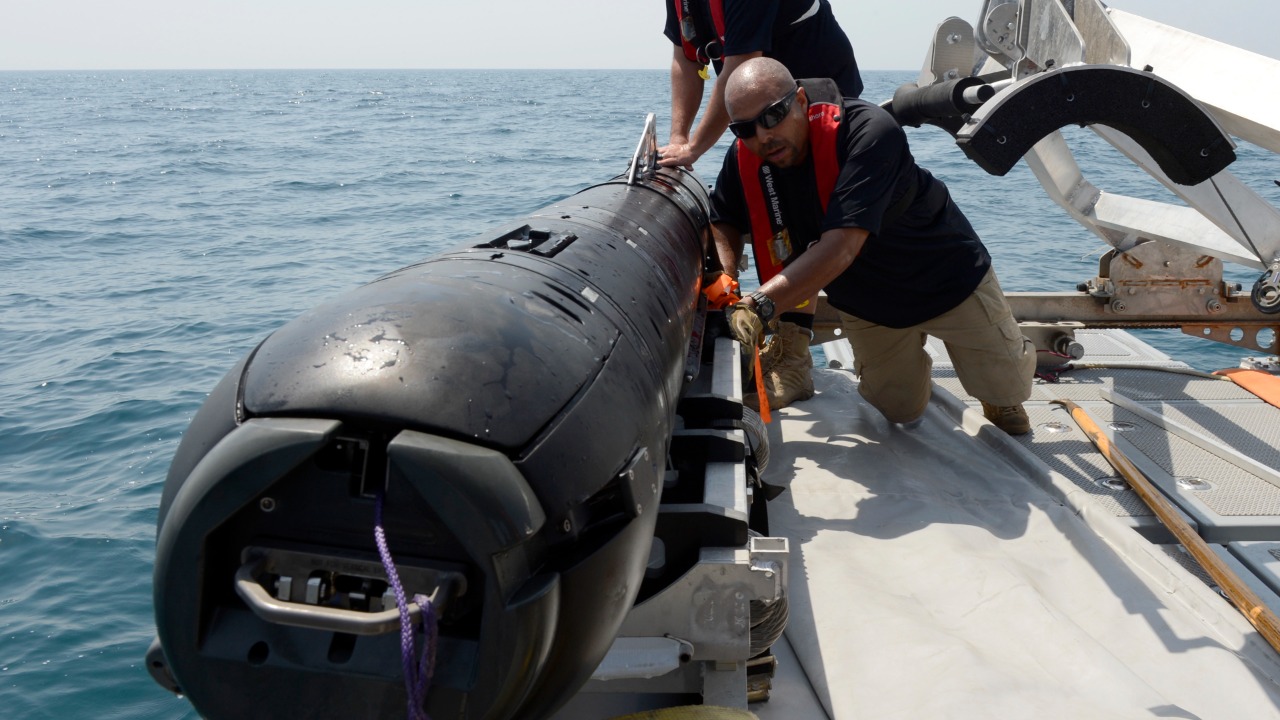
Deep-sea vents, or hydrothermal vents, are openings in the seafloor from which heated, mineral-rich water flows. These vents harbor unique ecosystems, with life forms that thrive in extreme conditions, far removed from sunlight and conventional sources of energy. These organisms, from tube worms to yeti crabs, have adapted to survive, and even thrive, in these harsh environments, making deep-sea vents a fascinating field of study for marine biologists.
Technology plays a crucial role in the exploration and examination of these vents. Remotely Operated Vehicles (ROVs) and Autonomous Underwater Vehicles (AUVs) equipped with high-definition cameras and sampling tools are often used to navigate these extreme depths. The data collected from these technologies have led to numerous significant discoveries, such as the existence of chemosynthetic life forms that derive energy from chemical reactions rather than sunlight.
Rare Elements Emitted from the Vents
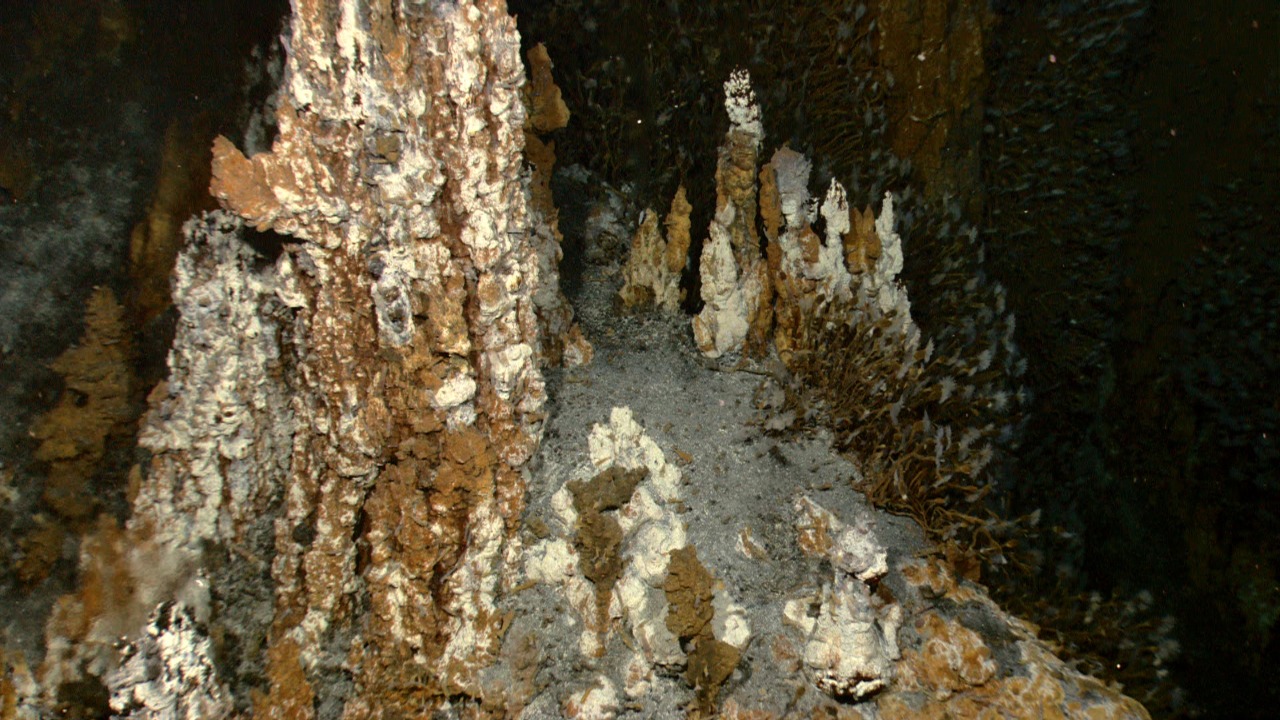
Beyond supporting exotic life forms, deep-sea vents are now found to be emitting rare elements, including gold and other precious metals. These elements are formed deep within the Earth’s mantle and are brought to the surface through the process of hydrothermal circulation. The superheated water rising from the vents carries these dissolved minerals, which then precipitate out, forming deposits around the vent outlets.
The concentration and distribution of these elements in the marine environment are still being studied. However, recent research has suggested that gold and other precious metals may be more abundant around these vents than previously thought. These findings could have significant implications for the mining industry and global economy.
Implications for Industry and Economy
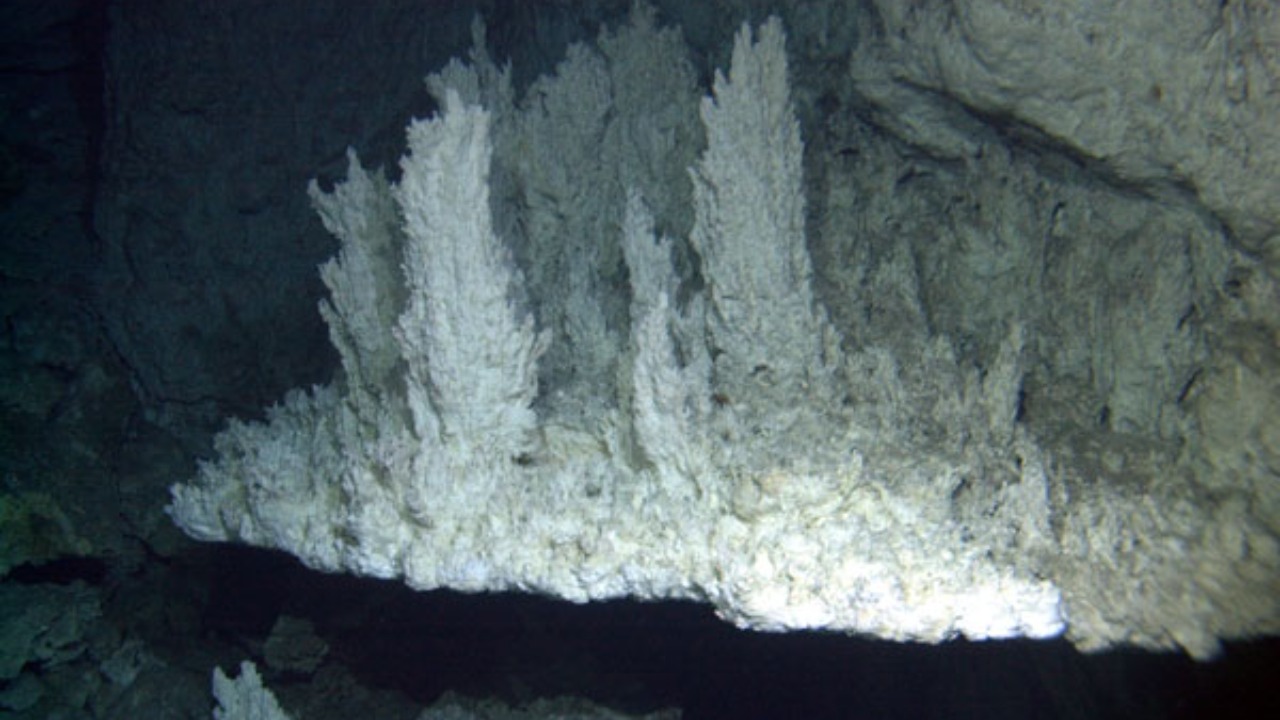
The discovery of these elements could potentially revolutionize the mining industry. Access to new sources of precious metals could bolster the supply of critical materials for various industries, from electronics manufacturing to renewable energy technologies. However, the economic feasibility of extracting these metals from the deep sea is still a matter of debate.
While the potential rewards are significant, the risks and challenges associated with deep-sea mining are substantial. The extreme pressure, corrosive seawater, and technical difficulties associated with operating at such depths present considerable challenges. Additionally, the potential impact on the marine environment and the unique ecosystems surrounding these vents raises serious concerns.
Environmental Impact and Sustainability Concerns
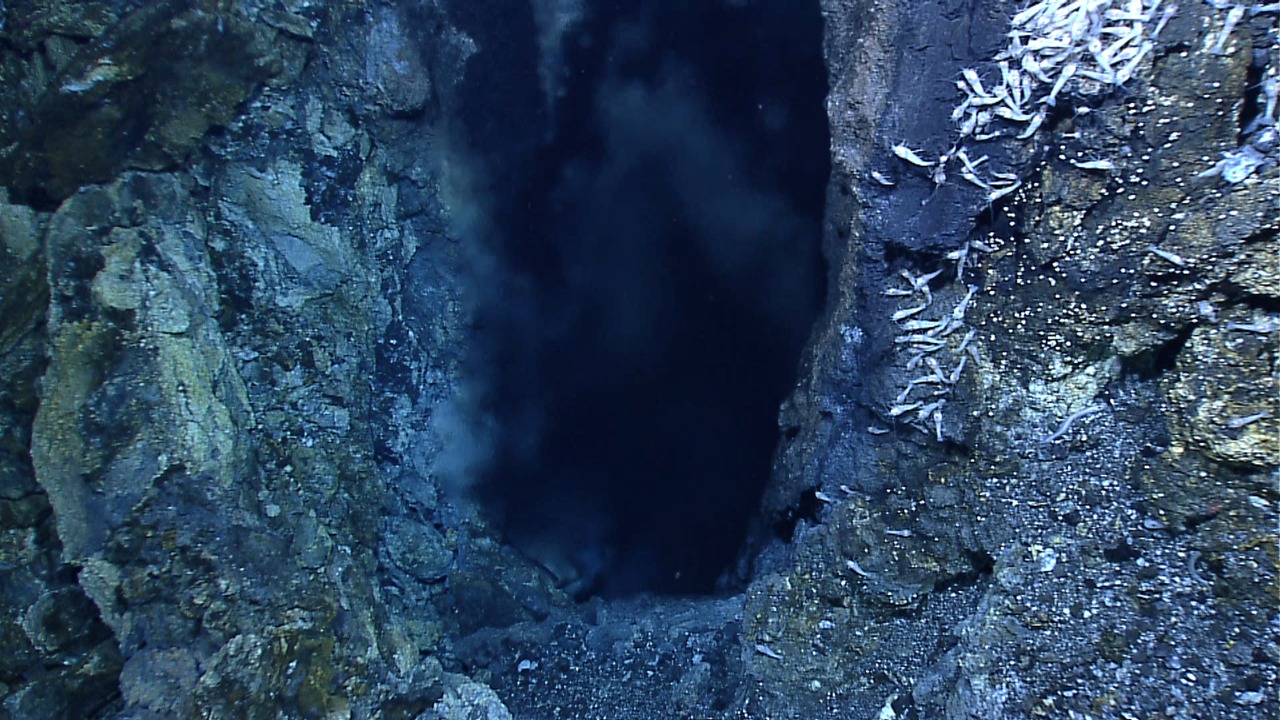
Deep-sea mining could have far-reaching environmental consequences. Disruption of the seafloor could destroy unique ecosystems and release plumes of sediment that could smother marine life. Furthermore, the extraction process could lead to the release of toxic elements into the water, posing a potential threat to marine biodiversity.
The sustainable and responsible exploration and extraction of these elements is therefore of paramount importance. Recent studies have called for the development of effective regulatory frameworks and extraction methods that minimize environmental impact.
Future Directions in Deep-Sea Research
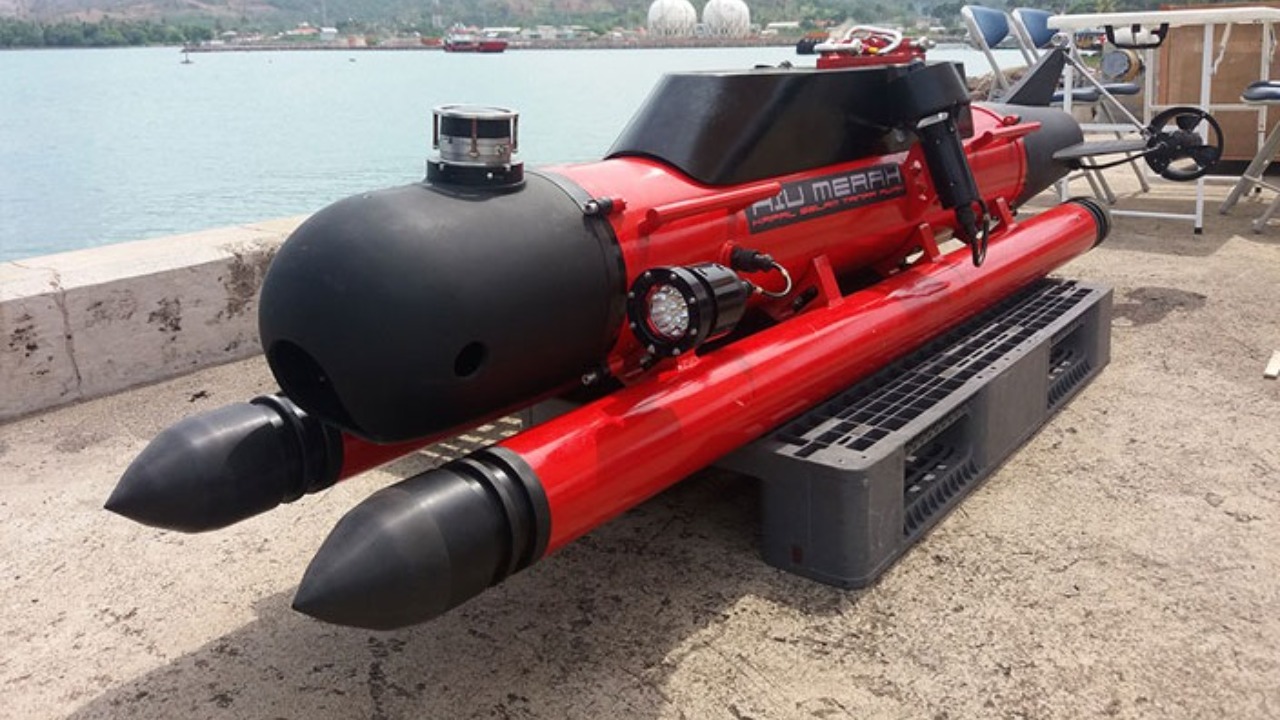
The discovery of rare elements spewing from deep-sea vents underlines the need for further research and understanding of these fascinating underwater features and their ecosystems. This includes studies on the life forms that inhabit these vents, their adaptations, and the potential effects of mining activities on these communities.
Moreover, this discovery also opens up avenues for research into sustainable and minimal impact extraction methods. The challenge lies in balancing the potential economic benefits with the preservation of the deep-sea environment and its unique ecosystems. This discovery could indeed pave the way for more studies on the untapped resources of the deep sea, pushing the boundaries of our understanding of our planet’s most mysterious realms.